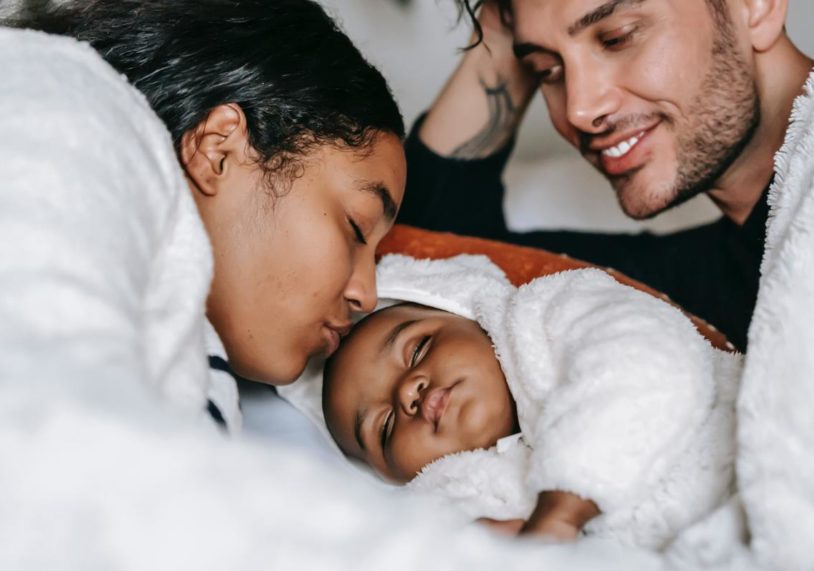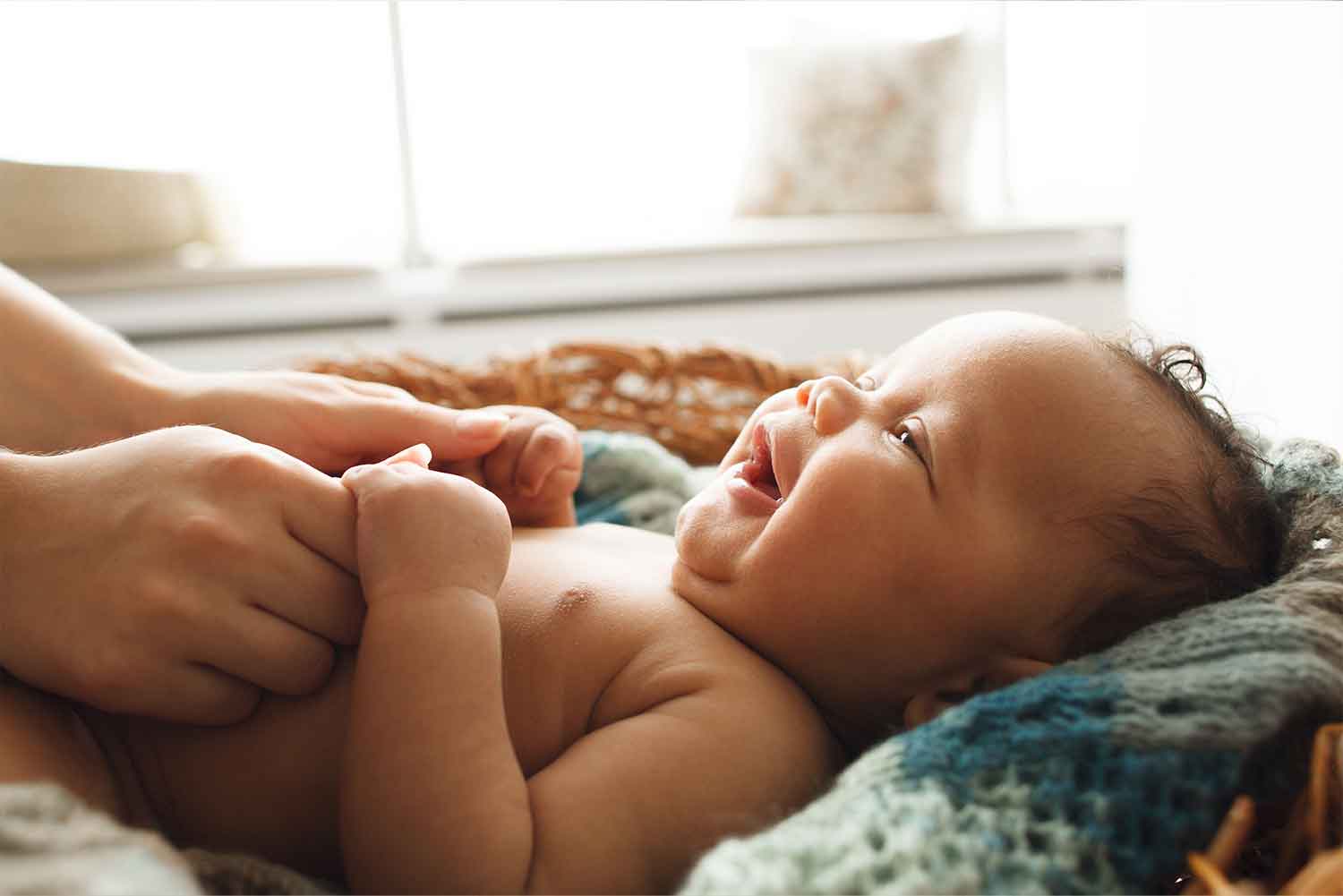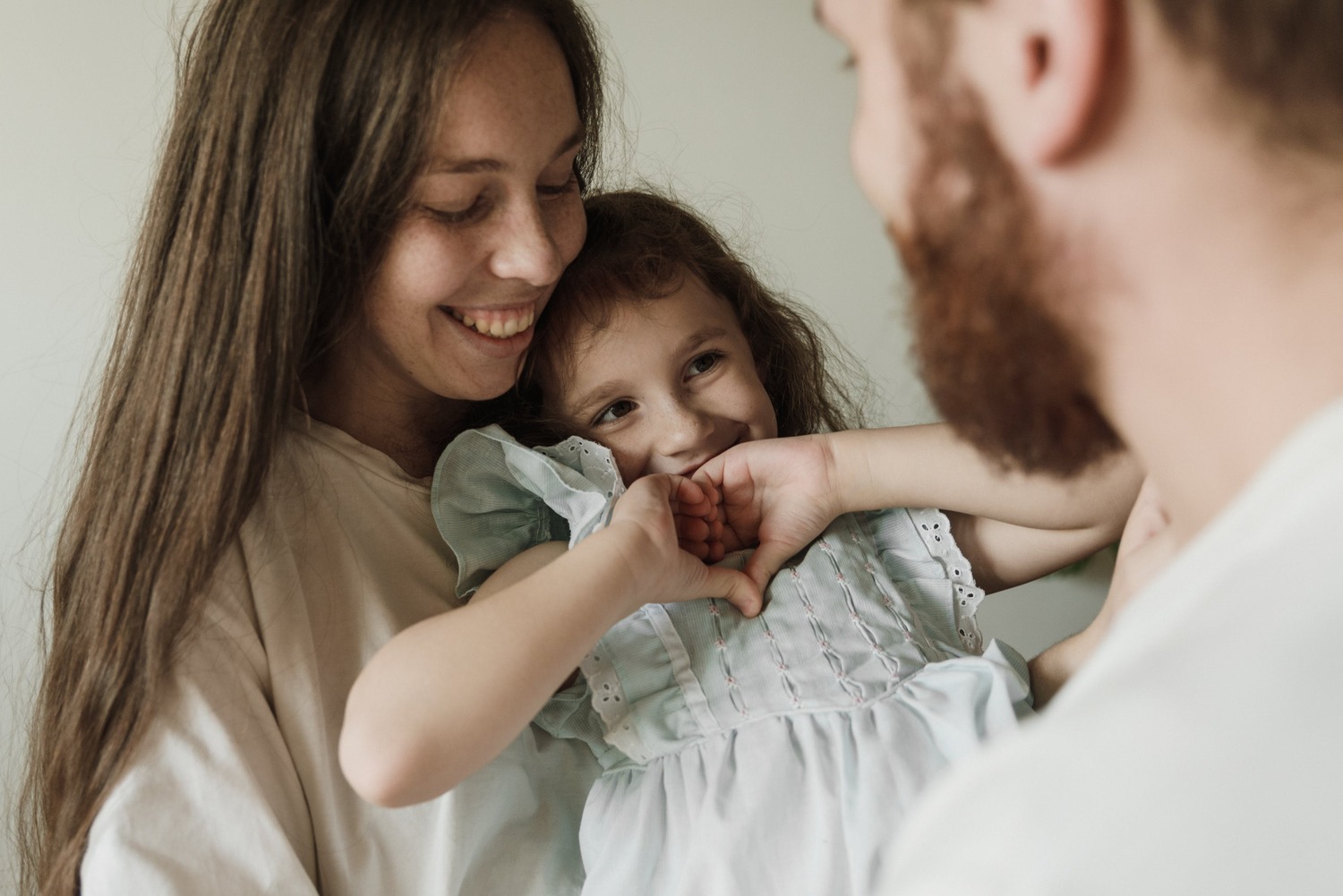What are the pros and cons of co-sleeping with your child?

You might be wondering what co-sleeping is, and if it is a good idea to do with your own kids? There’s so much to explore on the topic of co-sleeping and its related terms, and many parents feel strongly about the topic of co-sleeping from varying perspectives. Generally, co-sleeping is a relatively new term for an old practice – sleeping in close proximity to your child at any age. We’ll look into the different ways this might affect a child’s habits and development as well as the whole family’s sleep hygiene. As always, there are plenty of options to get assistance from childcare professionals for all families that can fit every kind of need if you even need a night off!
What are some of the benefits of co-sleeping?
Some studies suggest that co-sleeping with an infant can help them achieve deeper sleep, as the child will naturally regulate their breathing. In the early stages of sleep training, it has long been understood that sometimes it’s necessary to let the infant cry and self-soothe for the child to then get used to not being attended to and sleep through the night – however some more recent scientific studies in childhood development have suggested the opposite. In fact, some studies indicate that babies use crying as their signaling system to the parent, and if they feel as though their signaling system is no longer effective it can affect their nervous system and lead to more anxious crying, and possibly even more frequent crying, in the long run. Sleeping in a separate room may also raise the risk for a child to develop SIDS. Despite certain western cultural norms to encourage independence at an early age for children that discourage co-sleeping, the reality is that co-sleeping is practiced around the world. It’s not abnormal or even necessarily unhealthy or unsafe to practice co-sleeping with your child. Some specialists in childhood development encourage parents to simply share an environment with their infant, which is called separate-surface co-sleeping. This could be as simple as having your child sleep in a small crib next to your bed to ensure safety. Especially in conjunction with breastfeeding, having the infant closer allows for easier access for feeding that may affect the sleep schedule less invasively for both child and parent. Experimenting with different methods of co-sleeping can allow caregivers and children to harmonize biologically, leading to less stress over time. Many parents love the sweetness and intimacy of being close to their children as they sleep, as it can significantly help with parental bonding.

What are some negative effects of co-sleeping?
It takes a lot of consideration to the sleeping arrangement to make sure that the whole family is healthy and safe in preparation for bedtime, so co-sleeping, especially in the same bed, is not always the best solution. For infants especially it can be dangerous to have them sleep in the same bed as a parent due to the possibility of the child getting stuck or trapped should there be any gaps near the bed frame or given the possibility they could crawl off a bed, especially one that is significantly raised off the ground. Caregivers often put a lot of work into maintaining a healthy and orderly bedtime routine, and co-sleeping can sometimes make that difficult unless it is built into the routine. Also, infants especially but also young children are likelier to wake their caregivers more frequently when co-sleeping for assistance in addressing their biological needs, however, this doesn’t necessarily equate to a more difficult sleep for the caregiver – in fact despite more frequent waking, caregivers might experience reduced stress and better quality of sleep when co-sleeping. Another potential drawback is approaching the difficulty of transitioning young children into independent sleeping. Often children will prefer co-sleeping, and it will take a disciplined approach to transition them into sleeping in their own beds and/or rooms that take their age and readiness into account based on the specific child’s needs. All children are different and there’s no one-size-fits-all approach when it comes to developing a healthy sleep schedule that works for the whole family.
Overall there are plenty of options to explore different methods of sleeping arrangements, and it’s important to keep an open mind, as the field of childhood development is ever-changing and full of differing perspectives. Ultimately, we at Perfect Fit Nanny support all families in their unique journeys that fit their lifestyles and would love to help families all over through our many services and offerings.











